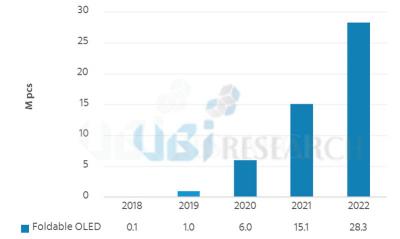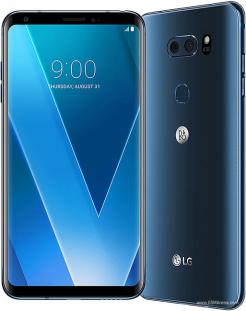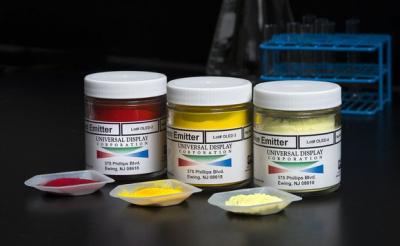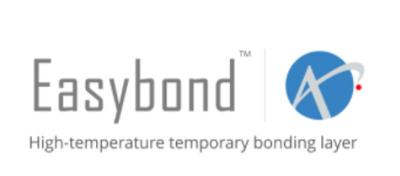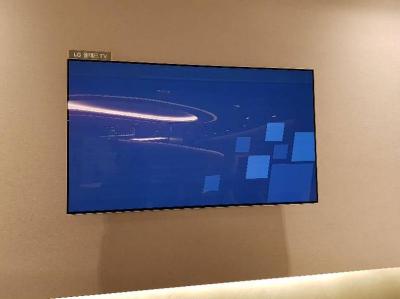eMagin reported its financial results for Q1 2018
OLED microdisplay maker eMagin reported its financial results for Q1 2018 - revenues reached $6.9 million (up 13% from Q1 2017) and the net loss was $2.1 million (up slightly from $2.1 million in Q1 20170. At the end of the quarter, eMagin had $9.8 million in cash and equivalents.
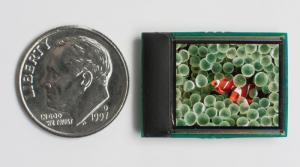
eMagin says that it experiences a "notable upswing" in its business with a 20% increase in its backlog to $11.8 million from the end of 2017.


